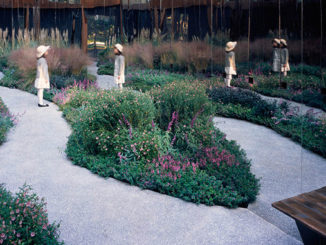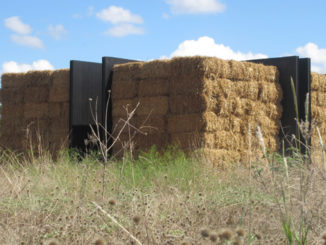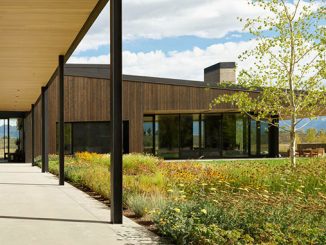In the first week of 2021, I posted my thoughts on the Landscape Architecture Trends for 2021 that may occur during this year.
2021 has turned out vastly different from what I had envisioned, many of us thought that COVID would pass and that we would transition to a new normal, but that was not the case. There have been some changes that have occurred, but some trends haven’t eventuated.
Climate Change is a consistent trend, and I feel it will continue for decades to come. The work (directly) related to climate change initiatives for landscape architects has increased significantly in the USA. The Climate Positive Design tool and the Carbon Conscience App have provided the profession with tools to develop approaches to climate change and how we design.
I underestimated the impact of COVID on landscape architecture firms and landscape architects. There were vaccine rollouts and rolling waves of COVID, but the mental strain and constant news cycle have greatly impacted everyone. I decided not to publish COVID articles in the second half of 2021 as I felt there was enough information for people to formulate approaches (client relations, working environments, etc.) in their design firms. We are now ‘living with COVID’; however, we need to stay positive and look to how we can provide safe opportunities for social interaction as landscape architects.
Many cities have placed emphasis on outdoor space and created more outdoor dining, small community events and initiatives to bring people together in the outdoor environment rather than indoor events. The impact of more significant use is evident with overflowing bins on nice weather days and more desire lines/tracks in parks and natural environments.
During warmer months, temporary spaces and events have increased with cities trying to draw people into central activity districts to maintain retail and dining establishments. Although parklets appear to be abandoned or growing tired after many months of heavy use, some cities remove them or make them permanent.
The growth in regional areas (especially in Australia) is booming as people decide to leave cities and go to rural areas as they continue to work remotely as some companies have put permanent remote working policies in place. This trend will continue in different countries and regions as people and companies realise that they work remotely. However, in creative industries such as landscape architecture and architecture, the face to face meetings will still occur.
I think that my prediction about the growth suburban town centres as people seek to work in an office environment but not in downtowns are yet to eventuate. This trend may occur, but it will take time as developers continue to assess their portfolios and the investment required in failing malls and cities to determine how they will revigorate town centres. I think the main issue is that large and small retail will face more competition from online shopping as retailers become more technologically savvy and logistics (deliveries) mature. There is evidence that this is already occurring in cities in China where supermarkets see less foot traffic as people can receive their groceries in under 1 hour.
The implementation of new technologies and the development of tools is occurring; however, we are still in the early days of ‘smart cities’ and understanding how people move and act within cities. Machine learning and AI are being used more and more for analysis of traffic and pedestrian movement; however, it will take a few years of data to determine if there are trends that we can use to assist in designing better cities. Design firms are increasingly using BIM to collaborate on designing and building projects, especially as cities, construction and facilities management companies see the benefits of BIM.
The practice of landscape architecture has changed with more firms working from home or sites, and clients have accepted (and realised the time savings) of meeting online. Employees are also have asked to work from home permanently to achieve a work-life balance. However, many see that there is still a need for designers to come together to design, discuss and develop ideas.
The profession has grown more connected as they attend more online sessions not just in their town or city but across the world, especially as universities and organisations have embraced streaming lectures, events and lectures.
As I said at the end of the 2021 trends post, the most significant trend is to embrace the unknown. Although many of us wish to have a more defined future, it is evident that this is not possible and that we need to embrace the unknown; some will see this as challenging and others will see it as freeing as we can challenge how we design, live, work as landscape architects.
I hope that everyone has enjoyed reading World Landscape Architecture during 2021 and thank all the WLA Sponsors and Partners for their support throughout this year. I look forward to next year and growing and developing as landscape architecture enthusiasts and as a profession.
Damian Holmes – Editor – World Landscape Architecture



